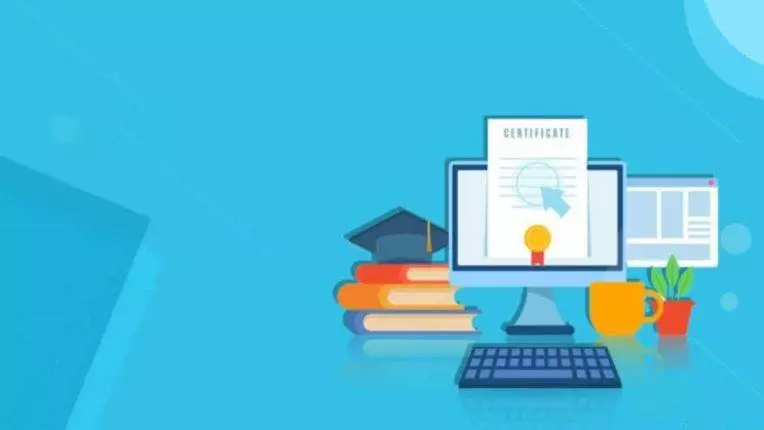Digital education-redefining Indian education
Mission digital has empowered various sections of Indian society and education is one of them. Digital has made it possible to penetrate rural areas and impart quality education to the children residing in the areas that are undeveloped and have no facilities. It all became possible with the improved rate of internet penetration and the usage of smartphones in the country. According to a report released by the Internet and Mobile Association of India (IAMAI), Internet users in India are expected to reach 900 million by 2025. The report also says that the users of the Internet in the rural area expected to surpass the urban user base.
Digital education plays a vital role in reviving the education system of India but its real potential was highlighted at the time of the pandemic when schools and colleges had been shut down and online was the only option left for the student to get an education. Students got the opportunity to get uninterrupted education from one of the best teachers while sitting at home. Parents’ engagement in their children’s studies has also increased. Needless to say, digital education has proved to be very beneficial in the current time and will bring significant developments in the future.
Multidimensional initiatives by the government of India to strengthen digital education
India is constantly progressing towards digital education. Quick adoption of technology and digital devices by schools, colleges, and universities helps speed up digitalisation. Also, the government of India’s multidimensional steps towards strengthening digital infrastructure, providing internet connectivity to the remotest areas, designing online education programmes, and various other initiatives impacting digital education drive in a big way. With constant support from the Government of India, the online education market is seeing a major boost in the country. As per the RedSeer Consulting report, by 2025, the online education market in India is expected to reach US$ 5 billion.
The Government of India has launched various programmes and initiatives to ensure learning for all with equity. The government is putting efforts to make education accessible on click of the button to all students at all levels and in all geographies.
Let’s glance at some of the prominent digital education initiatives taken by the government in recent years:
- National Digital Educational Architecture (NDEAR) – The National Digital Educational Architecture is established by the Indian government to strengthen digital infrastructure and support education planning activities and catalyse the education ecosystem.
- PMeVIDYA – This programme was launched in 2020 to enhance the accessibility of e-learning for both students and teachers and strengthen digital education in India. Under the PMeVIDYA programme, the top 100 universities were permitted to start online courses and provide better learning opportunities to over 3 crores of higher education students in the country.
- Digital Infrastructure for Knowledge Sharing (DIKSHA) – DIKSHA is a national portal for school education introduced by the government in 2017. The portal offers school curriculum-based engaging learning material in more than 18 different Indian languages for everyone including students, teachers, and parents.
- NISHTHA on DIKSHA – It is a nationwide initiative introduced by the government focusing on the holistic development of teachers by training them to provide quality education to students. Under this programme, lakhs of teachers benefited and completed multiple courses.
Going forward, the government is also focusing on upskilling and making students industry-ready by helping them acquire the skills required for the job. With the help of digitalisation in education, the students are able to enroll in various short-term or long-term courses and hone their skills and knowledge from any institution from anywhere in the world. Moreover, the government’s focus on research and innovation is further strengthening digital education in India. Space technology is being used to leverage satellite communication for providing educational content in digital form. Many more developments are on the way by the government of India to empower digital education.
The influence of digital education will only grow in the future with time. The rising adoption of digital education is not only attracting local private players to invest in e-learning courses but also international players to offer international online courses to the students of India. The students are taking advantage to acquire new skills that will help them apply for career opportunities internationally.
The future of students in India is bright with the speedy growth of digital education. The entire education system is evolving in India and ready to offer quick and quality education to all those children who were earlier having limited or no access to education. Thanks to technology to making it possible and taking education to the nook and corner of India.

